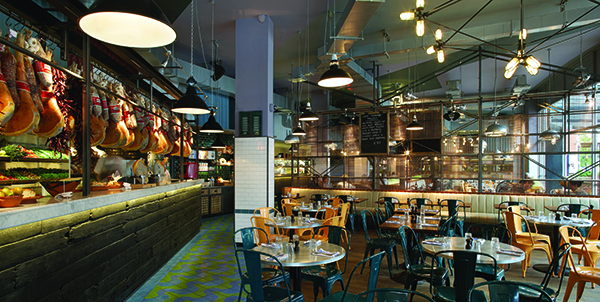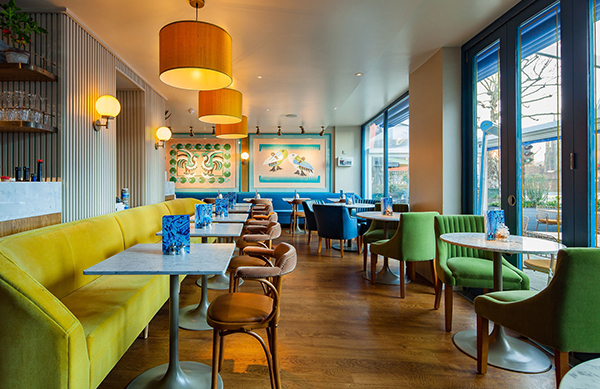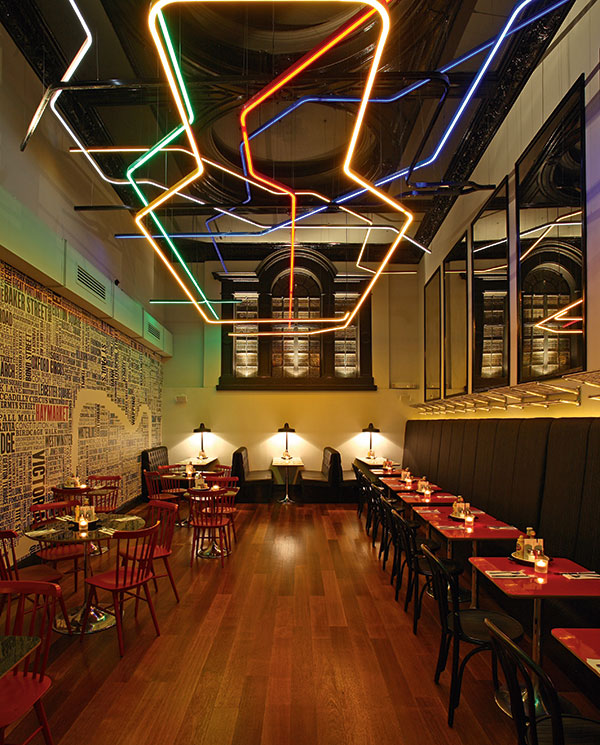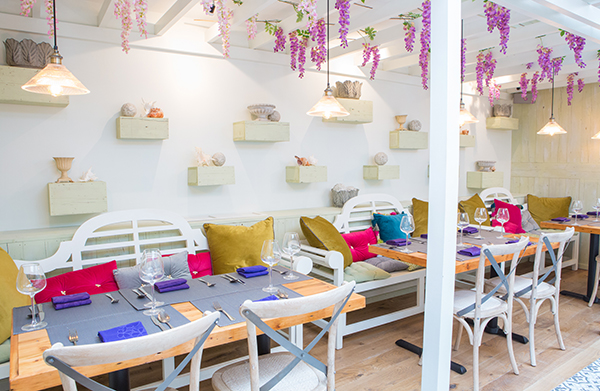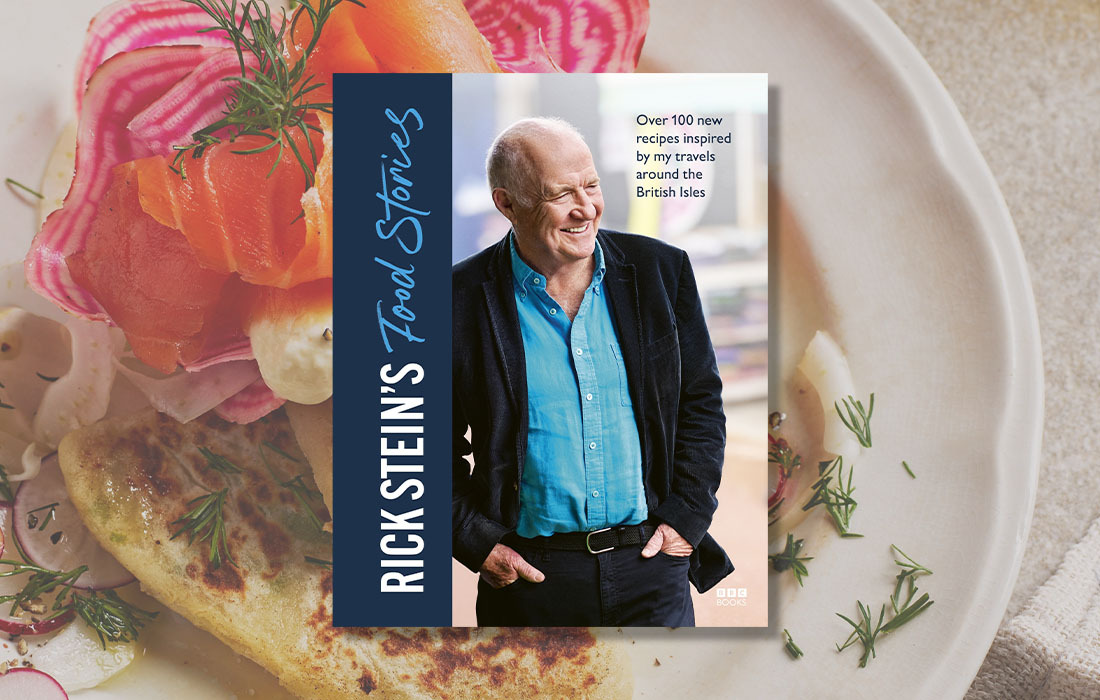Business casual: who are the winners in the casual dining market?
With turbulence in the casual dining sector showing no signs of abating, Janie Manzoori-Stamford examines how some chains have failed while others continue to thrive
Innovation and reinvention are no strangers to the casual dining sector, but they have certainly hit the high street this year with renewed vigour and purpose. Given the recent turbulence in the sector, it's easy to see why. Casual dining casualties have been in abundance over the past 18 months. Company Voluntary Agreements (CVAs) were flying around the high street like confetti last year, enveloping Jamie's Italian, Byron, Carluccio's, Prezzo, Gourmet Burger Kitchen and Gaucho in their wake.
Market turmoil then spilled over into 2019, with further CVAs approved for Giraffe and Ed's Easy Diner, while previous efforts to rescue Jamie's Italian were unsuccessful. The group, which included the remaining Barbecoa site in One New Change and Fifteen London, collapsed into administration last month.
And the Restaurant Group (TRG) revealed in its 2018 full-year results plans to rebrand underperforming sites within its 650-strong portfolio, which includes Frankie & Benny's and Chiquito's. Eight sites will be converted to Wagamama after the Japanese-style restaurant chain was acquired by TRG to the tune of £559m at the end of last year.
But these are far from isolated efforts to weather the casual dining storm through reinvention, with operators of all sizes and cuisines seeking new ways to remain fresh and relevant to today's consumers.
It's all about authenticity
For Carluccio's, which has been a high-street presence since it was launched in 1999 by late founder Antonio Carluccio, this comes in the form of its £10m Fresca transformation programme.
The plan is to revitalise the brand and elevate the guest experience through restaurant refurbishments, new menus across its 77-strong estate, and investment in staff training and development after last year's CVA.
"Some restaurants had not seen any investment in more than a decade. By rolling out project Fresca we hope to reassert our brand credentials as one of the UK's leading Italian restaurant groups."
Modern open dining spaces and vibrant colours will be matched by a new, diversified menu that includes small plates, freshly made pasta, steaks, fish and heritage dishes inspired by Antonio Carluccio's motto of "minimum of fuss, maximum of flavour", indicating a determination to revisit the brand's rich history.
It's a move that is welcomed by Molly Johnson-Jones, head of strategy and customer at hospitality, leisure and retail consultant Stone & River.
When it introduced 26 new dishes alongside five new alcohol-free drinks last month it was to meet a shift in consumer tastes head on, as well as to appeal to a more grown-up audience.
âWe spent time speaking to our guests to really understand what they were looking for from us,â explains Elise Ash, director of strategy and brand at TRG. âIt became clear it was important to remain true to our Italian-American food heritage, while offering a quality range to support more grown-up occasions.â
The aim is to cater to a spectrum of tastes. Recognisable classics, such as meatballs al forno, have been reintroduced alongside new ingredients, a salad range and seven vegan options, taking the number of plant-based dishes on the menu to 22, marking a commitment to one of the UKâs fastest-growing food trends.
âTastes are evolving towards healthier and meat-free diets as well as reduced consumption of alcohol, especially with young adult diners,â says Ash. âThis drove the introduction of a wider range of alcohol-free drinks ranges earlier this year. Yet, despite these changes, thereâs still broad appeal for the familiar â" as long as itâs good quality and value for money.â
Fast food
Of course, recovery isnât the only driving force behind reinvention. According to Johnson-Jones, Wagamama is known for its innovative, fast-changing food and itâs an approach that pays off; the chain outperformed the UK restaurant sector in its second quarter to 11 November 2018 with turnover up 15.4% year-on-year to £81.5m. And its Midas touch continued into its new ownership, helping new parent company TRGâs sales to increase by 57% versus like-for-like growth of 2.8%.
Meanwhile, Thai restaurant group Giggling Squid, riding high on its own expansion to 32 sites from 24 in the 12 months to 30 April 2019, has undergone the biggest menu change in its 10-year history. The reason: to satisfy the increasingly adventurous palate of its customers.
Laurillard describes Asian food as a point of difference in the casual dining market and says the success of Giggling Squid illustrates just how much consumers want to see it in the mix.
âTastes are continually evolving. People donât just want the standard burgers, pizzas and pasta anymore. Theyâre looking for spice and unusual flavours; foods that are naturally healthy,â he adds. âThe towns that Giggling Squid is located in are generally in need of something different and we are more than happy to fill that gap.â
Find your niche
Whether a brandâs revamp is elemental or a complete overhaul, it is about establishing why the brand exists in the first place, as Johnson-Jones explains: âWhy do people want to come to you? Why are you different from your competitors?
âThose questions are really important; if you donât answer them, you lack authenticity and you donât serve a purpose.â
âPrior to the casual dining crash, the honest answer for many operators was probably âbecause weâre everywhereâ. It should be âbecause we offer amazing, delicious food every timeâ, and âto be the best Thai food in Londonâ,â insists Johnson-Jones. âPeople say the market is too difficult, that you canât make money out of it. Thatâs simply not true.
âIf you do it right, you can make loads of money. But you must understand why your customer comes to you and why youâre different. Itâs hard to get it right, but you can succeed.â
Leap of faith
But the 2010 winner of the Restaurateur of the Year â" Group Catey award makes no bones about it. Responding to that changing market is far from easy, especially at scale: âTo change a brand or an offer is a challenge and to make changes within a group of restaurants is a really tough thing to do,â he says.
Itâs not just the prospect of turning the metaphorical oil tanker of multi-site operations that might be off-putting.
The massive cash injection thatâs usually required has the potential to water a few eyes too.
âTo put capital expenditure into a business takes a lot of commitment, particularly in difficult times when the money is not around,â says Donald. â[A company] can stick with what itâs got, but it has to look to the future to take it forward. Having said that, thereâs huge risk with that in the short to medium term because of high capital investment.
Iâve been in the trenches, so I know how difficult it is. But it can be done. It takes time to prove that changes work, so I really do admire people who are taking the bull by the horns and making those changes.â



